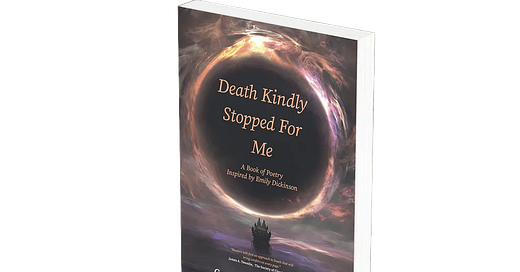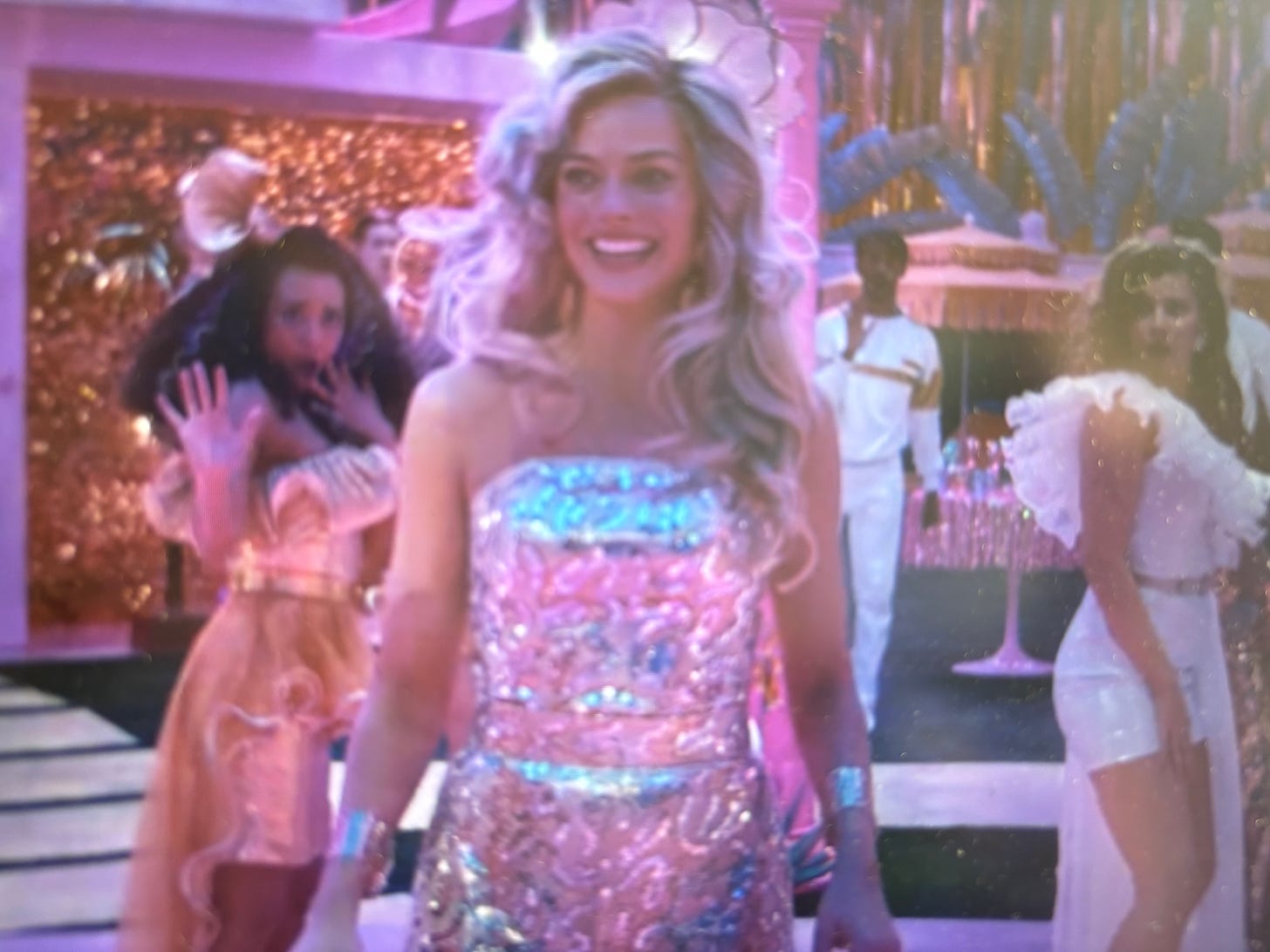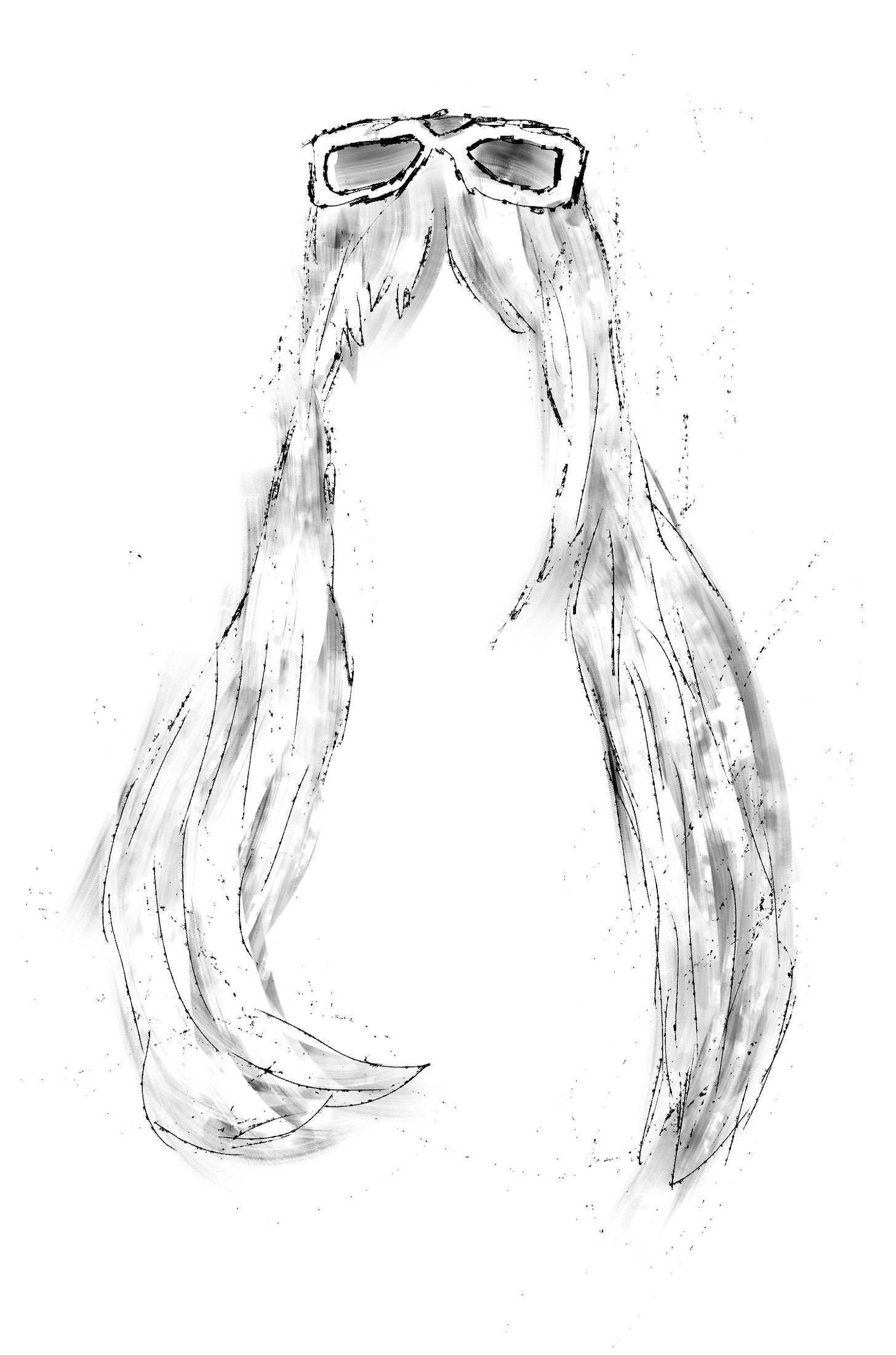"Unable are the Loved to die for Love is Immortality" ~ Emily Dickinson.
It is exciting to be able to share with you another advance review for my book, this time from Dayna Dunbar, author of the highly acclaimed science fiction novel Awake: The Legacy of Akara. Thank you, Dayna! Dunbar is an award-winning novelist and holds a Master’s Degree in Spiritual Psychology. A focus in her review is on the viability of using my book Death Kindly Stopped For Me as a teaching tool for classical poetry. Here is the content of Dunbar’s review:
"What a phenomenal teaching resource this book of poetry is! Death Kindly Stopped For Me: A Book of Poetry Inspired by Emily Dickinson will appeal to teachers and students of Emily Dickinson alike. Corey Elizabeth Jackson has devoted the first half of this book to poems personifying Death in various ways, based on Dickinson’s iconic poem Because I could not stop for Death. For students who are intent on understanding more deeply personification in literature, this is the book for them! There are a variety of poetry forms and death themes that will encourage students to experiment with their own poetic creations. With this book as a guideline, teachers are easily able to challenge their students to practice the art of writing rhyming poetry themselves. Death Kindly Stopped for Me is chock full of classical poetry – sonnets, ballads, light verse, villanelles, and more. In combination with an accompanying study of Dickinson’s alluring variety of clear rhymes, near rhymes, subtle rhymes and dashes, the student of poetry has a treasure trove of examples for the personification of Death applied in traditional poetic form.
Last but not least, every single poem in this book is cohesively illustrated with a surreal and shimmering image by Daniel Schmelling. Each image is an inspired and soulful work of art. This book of poetry and its beautiful artwork is a keeper . . . for Emily Dickinson students and teachers, for classical poetry lovers, art lovers and soul seekers alike!"
When I first read this very generous review, I reflected back on the various sonnet patterns that I have used for my poetry. Sonnets are one of my favorite poems to write, and there are many sonnets in my book. I especially like experimenting with the various sonnet patterns and trying to find the precise rhyming words that will help enhance my theme. The Shakespearean sonnet form is one of my favorites. Sometimes I feel daring and randomly choose a more unusual sonnet pattern, which I did in my sonnet featured here: Barbie Could Not Stop for Death. The rhyme scheme in this sonnet is roughly based on the Mason sonnet pattern, but I made my own rhyme variations in the last six lines, where my theme and word choices required it. It was particularly challenging to find an appropriate rhyme for the word “Barbie” at the end of Line 11 and I thought a slant rhyme would work. Who needs an exact rhyme when a slant rhyme serves the poem’s theme better and also sounds great? Even so, I was stumped. When I finally hit upon “harboring” as a slant rhyme for the name “Barbie” I was thrilled. I felt it worked for illuminating my theme, and I loved the way it sounded.
When I was watching the movie Barbie, which I loved, I noticed very quickly that the theme of Death is prevalent, but developed in a way that is neither macabre nor nihilistic.
I found that I was even able to make connections between the movie’s theme and Emily Dickinson’s famous poem Because I could not stop for Death, hence, my poem’s title: Barbie Could Not Stop for Death. It certainly seems an unlikely connection . . . Emily Dickinson and the Barbie movie?! It would be a provocative exercise to ask one’s students what some relevant connections here might be. Here are just a couple for starters . . . Dickinson’s speaker in her poem, and Barbie in mine, are at first leading lives they are perfectly happy with, and it is almost as if Death is a pesky interference. Another thought that occurred to me is that in a rather tantalizing comparison, the Mattel box that Barbie almost allows herself to be strapped back into could be a modern metaphor for Dickinson’s gravesite, the “House that seemed/ A Swelling of the Ground ---"
Let your students make an adventure of finding their own comparisons and discussing why they chose them. One of the ingenious features of so many of Emily Dickinson’s poems of course is the universal resonance of her themes. They often transcend the time period of the 19th century in which they were written. I feel that being able to robustly compare the 19th century poem Because I could not stop for Death to the 21st century movie Barbie is just one example of ways to explore similar and interesting themes in both Dickinson’s poems and modern day movies.
Barbie Could Not Stop for Death Barbie could not stop for death, she went Into the Real World to save her own. Full of hope she boldly made her way. Each earthly adventure made apparent Her imperfections. Seeds of doubt were sown; In Real World she did not want to stay. Yet she saw Barbie Land was just a play, A delusion where she had no control A land where bland perfection morphed to strife And left her ordered being in disarray. Irrepressible Thoughts of Death Barbie She became, in despair harboring The will to change. She retrieved her soul - Only then embraced she choice and life. Corey Elizabeth Jackson









Corey, what a glowing advance review of your book of poetry, Death Kindly Stopped For Me. How wonderful that your book has been perceived as a teaching tool for classical poetry. It was interesting to learn that your favourite form of poetry is the sonnet, particularly the Shakespearean sonnet. Your comparison of Emily Dickinson’s poem, Because I could not stop for Death and the Barbie movie does seem, at first, to be unlikely as you state. However, the connections you make between the two are most valid, having watched the movie and read Dickinson’s poem mentioned above. For example, Barbie’s Mattel box can be likened to a coffin of sorts. It represents the many restrictions placed upon her as a woman in the “real” world and the death of the many freedoms which she enjoyed in “Barbieland.” Your poem, Barbie Could Not Stop For Death is just as timely as Dickinson’s and will resonate with readers for years to come.
~Sharon Chinchen